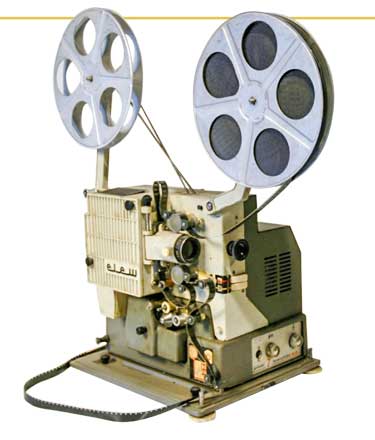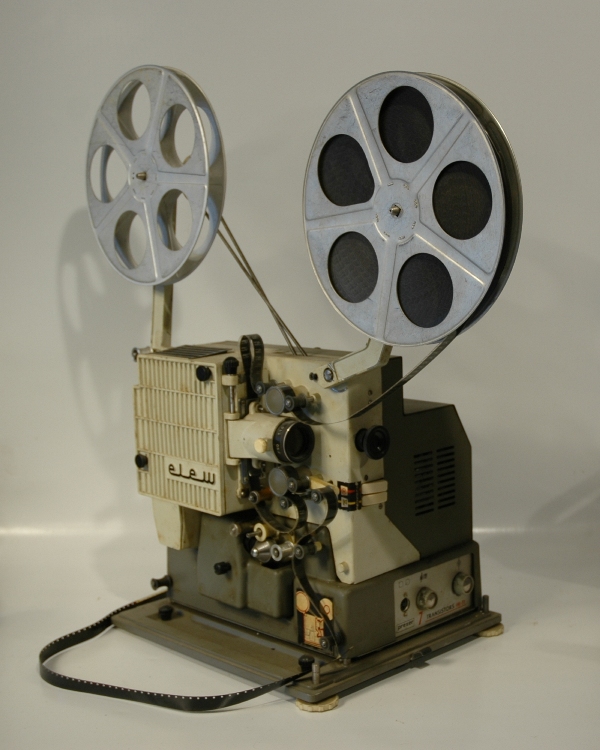Exhibitions on the history of cinema
Between 10 and 18 September, during the opening hours of the House of Arts, the exhibition Red Stars – Films of Vanishing States welcomes the audience for free. The posters are part of the collection of the Herman Ottó Museum and offer real gems for those interested. The posters of this year’s CineFest are also on display in the building, which serves as a great opportunity to compare the old with the new. Not only filmmaking, but also the promotion of films and the visual arts connected to them changed in the past decades.
The Festival organized an exhibition of a slowly forgotten film relic, the 16 mm film technique in the gallery of the Sub Rosa Café (Miskolc, Széchenyi str. 21.). From the beginning of the 1950s a large number of 16mm film projectors were used in smaller Hungarian settlements. Venues with a capacity of up to 150-200 people were able to utilize the 16 mm film projectors that, compared to the 35mm film projectors used in cinemas of higher capacity worldwide, required less raw material and were simpler, more portable. Screening were held on a weekly basis in cultural centers and the “travelling cinema” network also used this technique. In the 1950s and 1960s the aim of the cultural policy was to bring cinema to all Hungarian settlements, so the number of venues (e.g. in workers’ hostels, dormitories, barracks, schools) using 16 mm film projectors was much higher than that of 35 mm cinemas. Although 16 mm film projectors are capable of projecting smaller images and the black and white copies also made the experience slightly less amusing, the screenings were still extremely popular. At the exhibition, beautiful projectors like the BM2003, the Meopta, the Ukraine and the AP-12 are put on display.



